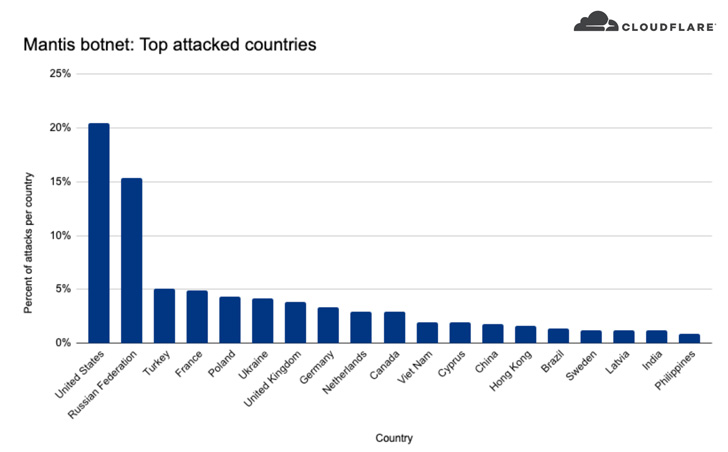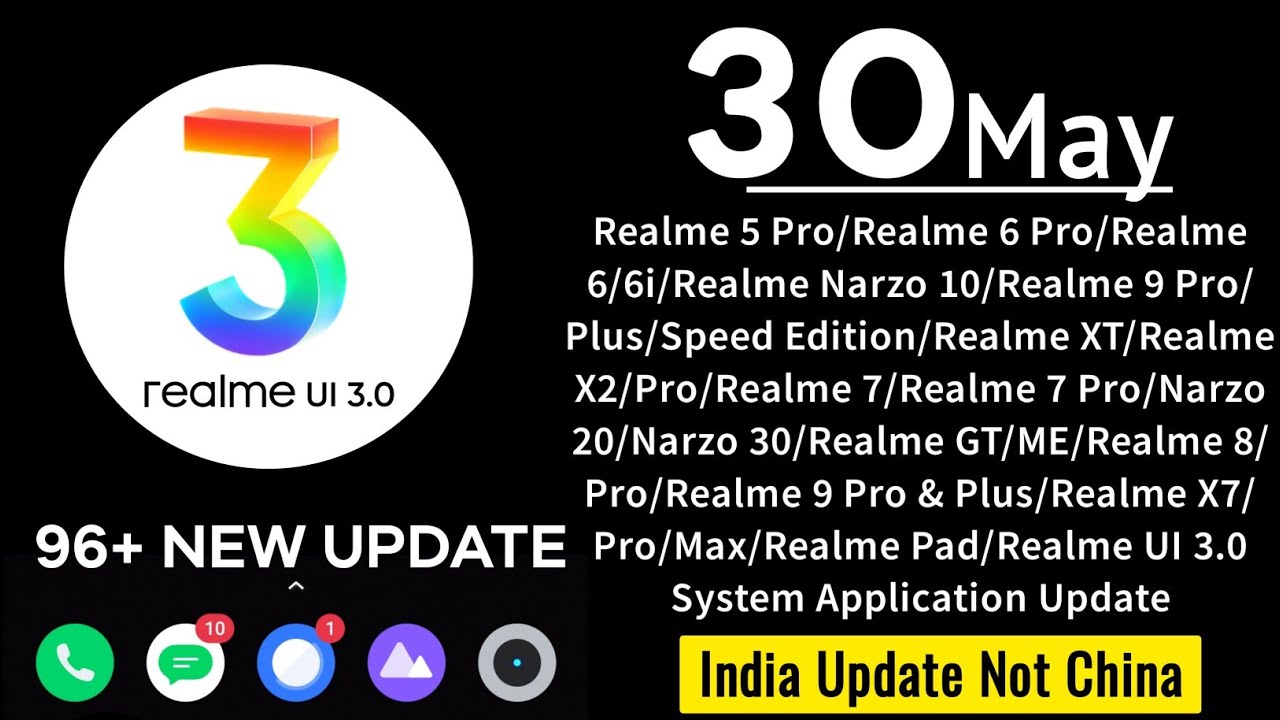Mantis Botnet Behind the Largest HTTPS DDoS Attack Targeting Cloudflare Customers
The botnet behind the largest HTTPS distributed denial-of-service (DDoS) attack in June 2022 has been linked to a spate of attacks aimed at nearly 1,000 Cloudflare customers.
Calling the powerful botnet Mantis, the web performance and security company attributed it to more than 3,000 HTTP DDoS attacks against its users.
The most attacked industry verticals include internet and telecom, media, gaming, finance, business, and shopping, of which over 20% of the attacks targeted U.S.-based companies, followed by Russia, Turkey, France, Poland, Ukraine, the U.K., Germany, the Netherlands, and Canada.
Last month, the company said it mitigated a record-breaking DDoS attack aimed at an unnamed customer website using its Free plan that peaked at 26 million requests per second (RPS), with each node generating approximately 5,200 RPS.
The tsunami of junk traffic lasted less than 30 seconds and generated more than 212 million HTTPS requests from more than 1,500 networks in 121 countries, topped by Indonesia, the U.S., Brazil, Russia, and India.
“The Mantis botnet operates a small fleet of approximately 5,000 bots, but with them can generate a massive force — responsible for the largest HTTP DDoS attacks we have ever observed,” Cloudflare’s Omer Yoachimik said.
Mantis stands out for a number of reasons. The first is its ability to carry out HTTPS DDoS attacks, which are expensive in nature due to the computational resources required to establish a secure TLS encrypted connection.
Secondly, unlike other traditional botnets that rely on IoT devices such as DVRs and routers, Mantis leverages hijacked virtual machines and powerful servers, equipping it with more resources.
These volumetric attacks aim to generate more traffic than the target can process, causing the victim to exhaust its resources. While adversaries have traditionally utilized UDP to launch amplification attacks, there has been a shift to newer TCP reflected amplification vectors that make use of middleboxes.
Microsoft, in May 2022, disclosed that it prevented about 175,000 UDP reflected amplification attacks over the past year that were aimed at its Azure infrastructure. It also observed a TCP reflected amplification attack…




